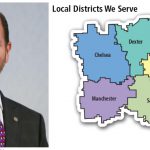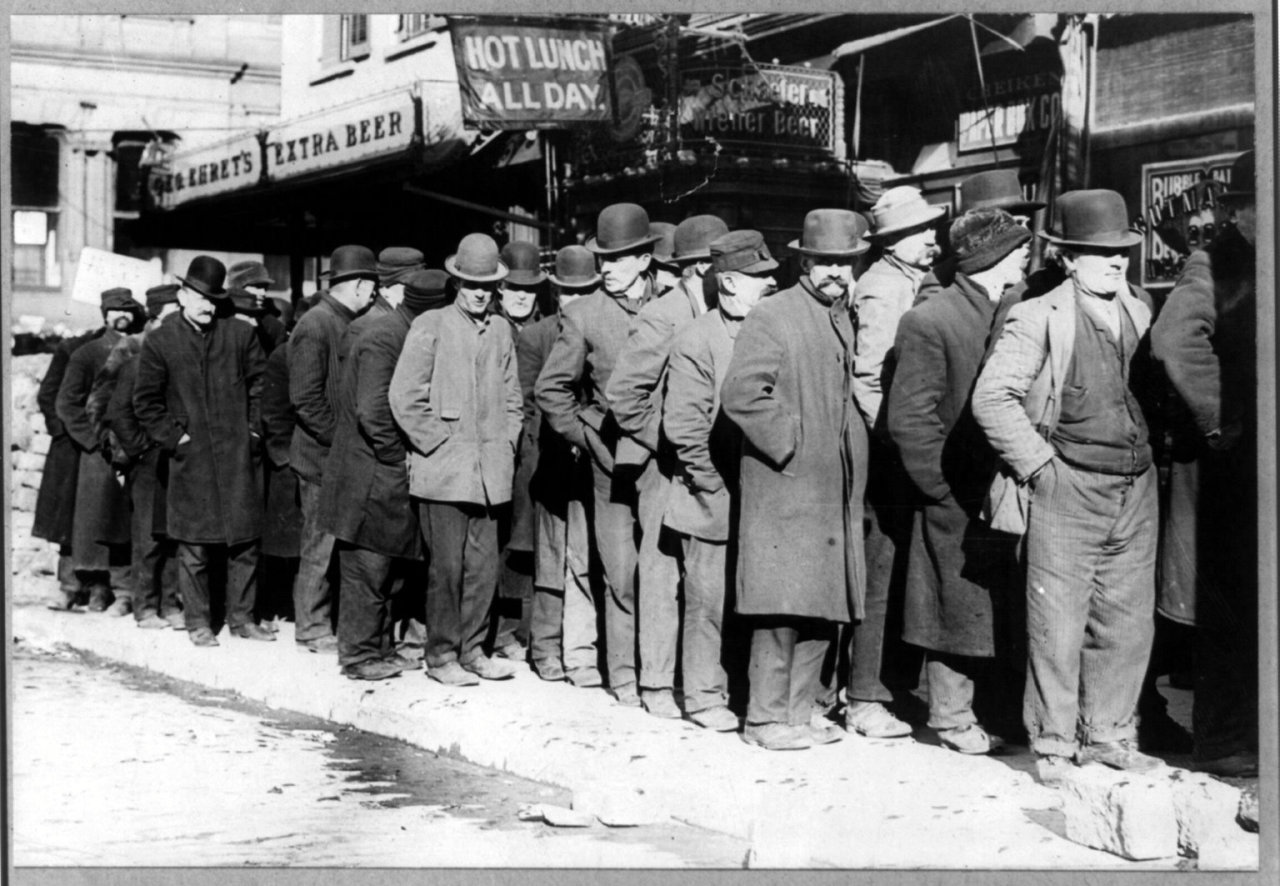Unemployment improved last month, but underemployment improved even more
In keeping with the trends we saw in the first three months of 2017, the April 2017 Employment Situation release shows that the labor market has continued to tighten, with the official U-3 unemployment rate dropping to 4.4%, a level last seen in 2006.
January |
February |
March |
April | 4-Month | |
U-3 Unemployment Rate | 4.8% | 4.7% | 4.5% | 4.4% | -0.4% |
U-6 Unemployment Rate | 9.4% | 9.2% | 8.9% | 8.6% | -0.8% |
Civilian Noninstitutional Population* | 254,082 | 254,246 | 254,414 | 254,588 | +506 |
Civilian Labor Force | 159,716 | 160,056 | 160,201 | 160,213 | +497 |
Employed | 152,081 | 152,528 | 153,000 | 153,156 | +1,075 |
Unemployed | 7,635 | 7,528 | 7,202 | 7,056 | -579 |
Employment-Population Ratio | 59.9% | 60.0% | 60.1% | 60.2% | +0.3% |
Part-time for Economic Reasons | 5,840 | 5,704 | 5,553 | 5,272 | -568 |
Marginally Attached to Workforce | 1,752 | 1,723 | 1,595 | 1,534 | -218 |
| 532 | 522 | 460 | 455 | -77 |
* All numbers are in thousands |
The detailed numbers show that the decline in unemployment was almost entirely attributable to unemployed workers finding jobs, rather than unemployed workers dropping out of the workforce, or large changes in the size of the workforce in general. The decline in the rate isn’t drastic, but the same can’t be said for the change in the U-6 rate, which dropped from 8.9% to 8.6%. The scale of the change is largely due to almost twice as many workers moving from involuntary part-time work to full time as moved from unemployed to employed; it would appear that employer demand for additional hours from their established workers is quite strong.
A couple of other points of note:
- Coverage of the U-3 rate in the mass media frequently includes a note that “the economy needs to add 120,000 jobs per month to keep pace with growth in the workforce.” We can see that the Civilian Labor Force has risen at roughly that rate for the year-to-date.
- The spread between U-3 and U-6 continues to drop, though it is still significantly higher at 4.2% than the previous low of 3.5% during the Bush administration, much less the 3.0% spread under Clinton. If the economy remains strong, where the gap stabilizes will provide important insight into whether the labor market is undergoing a long-term decline in employment quality.
David is one of the earliest writers for Torchlight, and also pinch hits on website support and editing/posting. He holds a PhD in Economics, which with $5 would get him a latte; sadly, he doesn’t even like coffee. He can be reached at dspitzley@torchlightmedia.net.


